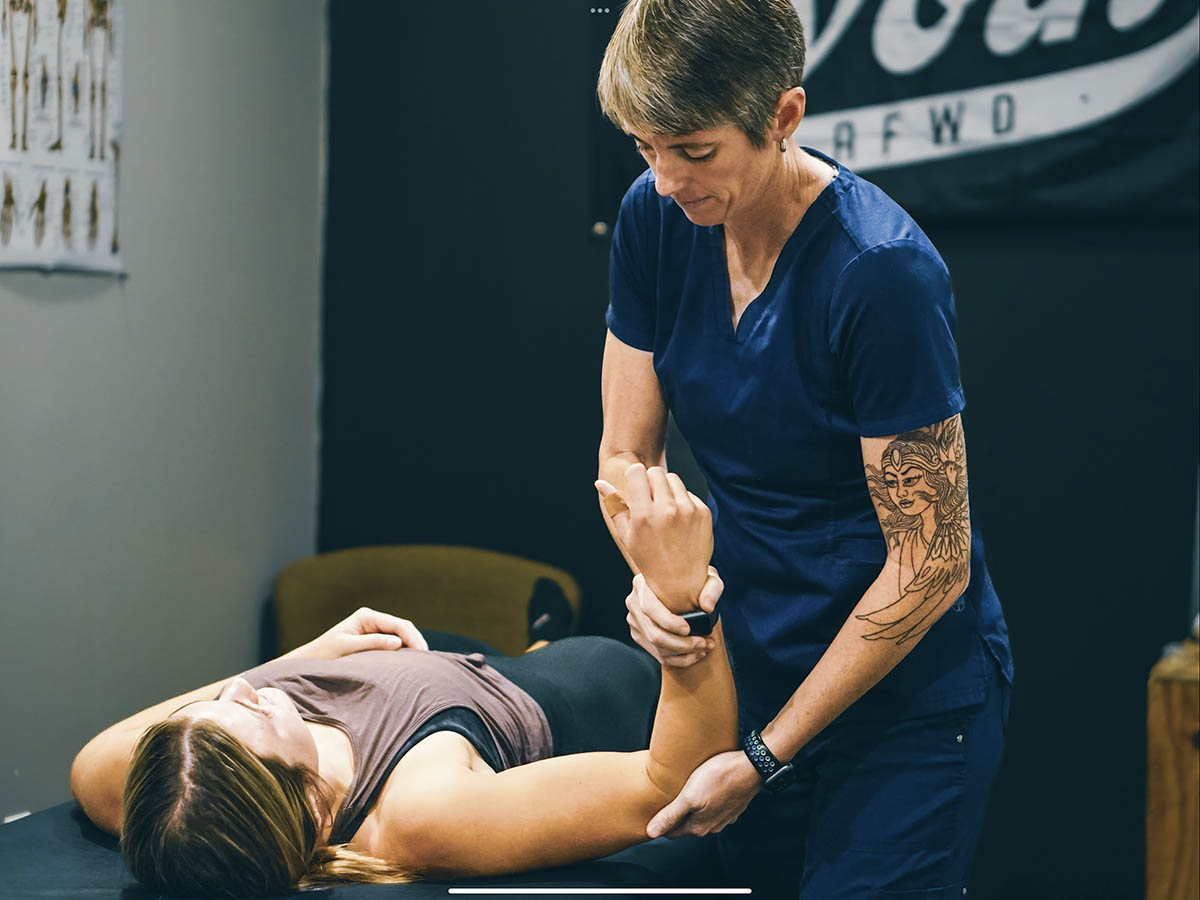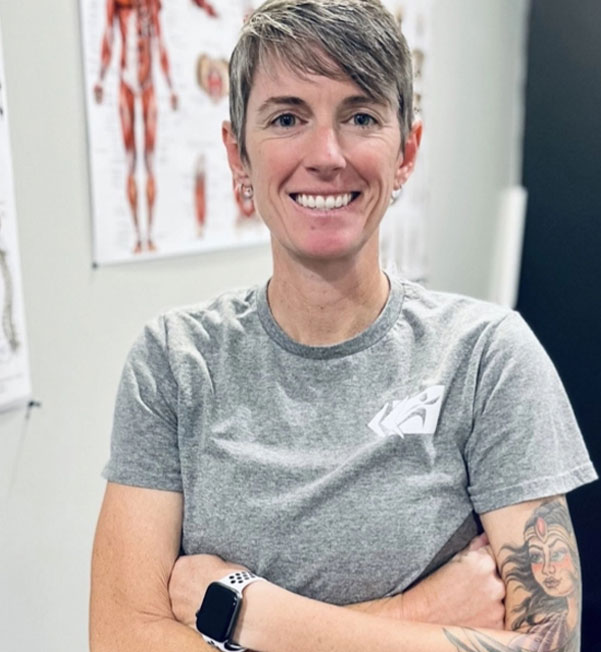Introduction
In the ongoing quest to answer the question, “What is orthopedic physical therapy?” we delve into the specialized domain dedicated to improving movement and fostering healing within the musculoskeletal system.
Uncover the essence of orthopedic physical therapy and its importance in enhancing your quality of life. This article delves into the definition of orthopedic physical therapy, specifically focusing on the dynamic approach known as progressive orthopedics.
What is orthopedic physical therapy?
At its core, orthopedic physical therapy is a specialized branch that focuses on treating conditions affecting the musculoskeletal system. This includes bones, joints, muscles, ligaments, and tendons. Orthopedic physiotherapists are the architects of rehabilitation, guiding individuals through tailored programs to restore function and alleviate pain.
Who can benefit from orthopedic physical therapy?
Orthopedic physical therapy extends its benefits to a diverse range of individuals, making it a versatile solution for various musculoskeletal issues.
Here’s a breakdown of who can benefit:
Athletes: Ideal for those involved in sports activities seeking injury prevention and recovery, orthopedic physical therapy is particularly effective in addressing acute injuries.
Post-Surgery Patients: Catering to individuals engaged in sports activities who seek injury prevention and recovery, orthopedic physical therapy proves notably effective in addressing acute injuries.
Chronic Pain Sufferers: Effective for managing and alleviating persistent musculoskeletal pain, therapists use targeted interventions to assess and address your pain level. Personalized exercise programs and therapies are then crafted to mitigate pain and enhance overall comfort.
Arthritis Patients: Tailored exercises to improve joint function and alleviate arthritis symptoms often involve a hands-on treatment approach, including personalized interventions focusing on individual needs to ensure effective musculoskeletal care.
Anyone Seeking Overall Musculoskeletal Wellness: Whether recovering from an injury or aiming for proactive health, orthopedic physical therapy offers personalized care for improved well-being, utilizing diverse treatment modalities.
Benefits of Orthopedic Physical Therapy
Pain Relief
Through specific exercises and therapeutic techniques, individuals receive personalized care to address the root causes of pain, including conditions like frozen shoulder. Pain management strategies are implemented to ensure effective relief and enhance overall comfort.
Improved Range of Motion
After an orthopedic procedure, a standard protocol initiates with gentle or passive therapy. The physical therapist guides you through range-of-motion exercises specific to the affected joint. Movement enhancement strategies are employed to facilitate smoother, more unrestricted motion.
Reduced Inflammation
Specialized strategies are applied to address and reduce swelling, promoting a faster and more comfortable recovery. The therapy also includes interventions to manage the body’s inflammatory response, contributing to overall healing.
Increased Strength and Muscle Control
These strength-building exercises are designed to address individual needs, promoting muscle development and overall physical resilience. Additionally, interventions focus on enhancing muscle control, ensuring better precision in movement.
Improved Balance and Coordination
By incorporating exercises that prioritize stability, individuals can improve their balance and coordination skills. The therapy employs specific techniques to address any deficits in coordination, fostering better overall movement control.
Reduced Risk of Injury
Through targeted strategies and personalized guidance, individuals learn practices that minimize the risk of injuries. Injury prevention education is a crucial component, empowering individuals with the knowledge to protect themselves during various activities.
Improved Quality of Life
By addressing not only specific concerns but also overall physical wellness, individuals experience a significant improvement in their quality of life. Functional improvement strategies ensure that individuals can participate in daily activities with increased ease and comfort.
Common Conditions Treated with Orthopedic Physical Therapy
Orthopedic physical therapy is a comprehensive discipline that effectively addresses various musculoskeletal conditions. Whether individuals are experiencing persistent joint pain or managing the challenges of arthritis, this specialized therapy provides tailored solutions for different concerns.
Joint Pain: Therapists employ targeted interventions to identify the root causes of joint discomfort, crafting personalized exercise programs and therapies to mitigate pain and improve joint function, especially in addressing concerns like hip pain.
Arthritis: Therapy focuses on enhancing joint mobility, reducing inflammation, and alleviating pain associated with arthritis. Tailored exercises and strategies are designed to improve overall joint health and function.
Sprains and Strains: Through a combination of exercises, manual therapy, and other interventions, the treatment facilitates a safe and effective recovery, restoring optimal function, especially in cases like carpal tunnel syndrome.
Post-Surgery Rehabilitation: Therapists work closely with individuals to ensure a smooth recovery, focusing on rebuilding strength, restoring range of motion, and preventing complications that may arise post-surgery, particularly after orthopedic surgery.
Chronic Musculoskeletal Issues: Orthopedic physical therapists devise personalized treatments tailored to each patient’s unique needs, aiming for long-term relief, improved functionality, and enhanced blood flow. This customized approach ensures comprehensive care for optimal musculoskeletal health.
Sports-Related Injuries: By incorporating targeted exercises and rehabilitation techniques, therapists guide athletes through a recovery process that not only addresses the immediate injury but also focuses on preventing future issues, particularly in areas prone to concerns such as knee pain.
Back and Neck Pain: Therapists employ a range of techniques, including posture correction, strengthening exercises, and manual therapy, to alleviate pain and improve spinal health.
Degenerative Conditions: Individuals with degenerative conditions, such as degenerative disc disease or osteoarthritis, find relief through orthopedic physical therapy. The therapy aims to slow the progression of these conditions, manage symptoms, and enhance overall quality of life.
Treatment Approaches in Orthopedic Physical Therapy
- Exercise Programs: Tailored routines to target specific issues.
- Manual Therapy: Hands-on techniques to improve mobility.
- Ultrasound and Electrical Stimulation: Innovative modalities for enhanced recovery.
- Patient Education: Empowering individuals with knowledge for self-care.
How to Choose an Orthopedic Physical Therapist
While orthopedists are commonly associated with sports-related injuries, their scope extends beyond this. In addition to treating sports injuries like ligament tears, orthopedists also address congenital conditions, work-related injuries, and age-related health issues.
Choosing the right therapist is crucial for your musculoskeletal health. Consider qualifications, experience, and patient reviews. Ensure they align with your needs, whether post-surgery rehabilitation or managing a chronic condition.
For expert care, trust the professionals at Progressive Mobility Physio & Performance, your dedicated Physical Therapy Clinic. Your journey to optimal musculoskeletal well-being, addressing knee conditions, hip conditions, and shoulder conditions, begins with the right choice.
Conclusion
In orthopedic physical therapy, every step is a stride towards a healthier, more active life. Embrace the power of movement, guided by dedicated physical therapists who understand the intricacies of musculoskeletal health. Your journey to optimal well-being is in expert hands.
FAQs
Q1: Is orthopedic physical therapy painful?
A1: While some discomfort may be experienced, the goal of orthopedic physical therapy services is to alleviate pain. The therapist works closely with you to ensure a comfortable and effective rehabilitation process.
Q2: Can I do orthopedic exercises at home?
A2: Yes, many exercises can be performed at home. Your therapist will provide a personalized home exercise program to complement in-clinic sessions, ensuring you have the guidance you need, even if you utilize assistive devices. This program can be tailored to your schedule, allowing flexibility in the number of hours per week you dedicate to your rehabilitation.
Q3: Does insurance cover orthopedic physical therapy?
A3: Physical therapists commonly collaborate with individuals who have undergone an injury or illness that has impacted their bodily function in some manner.
Most insurance plans cover orthopedic physical therapy. However, it’s advisable to check with your provider to confirm coverage details.


